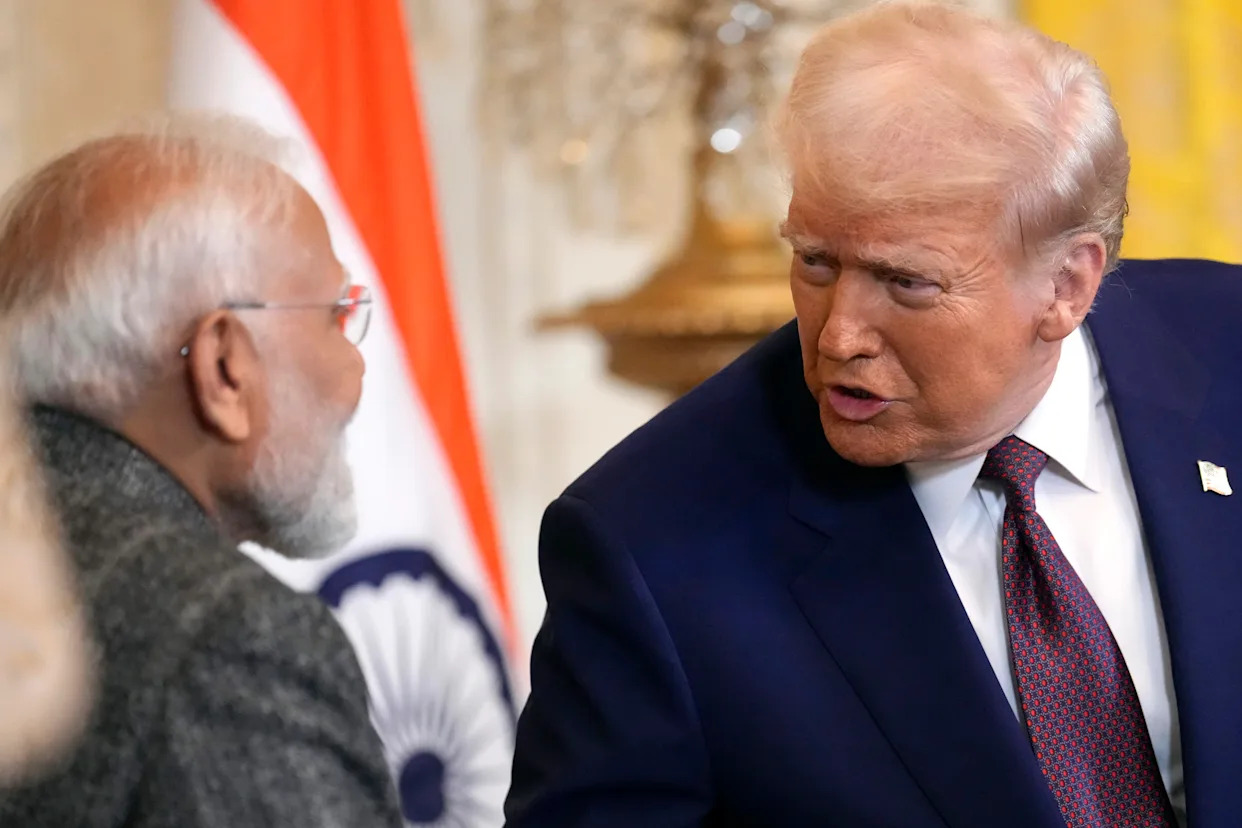
India appeared on the fast track to a trade deal.
An early White House visit by Prime Minister Narendra Modi led to months of negotiations. By July, the Indians believed they had struck an agreement and that Commerce Secretary Howard Lutnick and U.S. Trade Representative Jamieson Greer were simply waiting on President Donald Trump’s approval.
It never came.
Instead, Indian goods now face a 50 percent tariff after Trump hit the country with a 25 percent levy on its goods and then followed up with an additional 25 percent to dissuade it from buying Russian oil that was set to kick in later this month, a one-two punch on New Delhi and Moscow. The Russian oil purchases — coupled with Trump's view that India was not lowering its own import tariffs enough — sank the deal.
The unraveling of what had appeared to be a promising trade dynamic between the U.S. and one of the world’s fastest-rising economies illustrates the precarious nature of crafting an economic partnership with a mercurial Trump administration that has freely used high tariff rates to try to bend the world to its will.
“We are in a situation now where he is completely upset with India, and the 25 years of effort to build a relationship seems to be going down in 25 hours,” said Mukesh Aghi, the president and CEO of the U.S.-India Strategic Partnership Forum. “We need to arrest this in some manner… because the relationship is critical for both nations.”
The clash also underscores the challenging position the U.S. is in as its hefty tariffs push countries like India and Brazil closer to Russia and China. Brazilian President Luiz Inácio Lula da Silva spoke with Modi on Thursday as the Brazilian leader calls for a joint response to Trump’s tariffs from countries that are part of the so-called BRICS group of emerging economies.
For months, it seemed as if the White House was ready to announce a deal with India. One person close to the Trump administration, granted anonymity to share details of private conversations, said they understood that a trade accord had been done for several weeks. Indian officials were convinced that an early agreement was only waiting for Trump’s approval. The president himself said he believed a deal with India was imminent.
"We're very close to India, and ... we could possibly make a deal with (the) EU," Trump said in mid-July.
But his focus quickly shifted to the European Union, while negotiations with India came to a standstill. India, which has some of the highest tariffs in the world, agreed to reduce a lot, but not all, of its trade barriers, according to an administration official, who was granted anonymity to speak candidly about negotiations between the countries. The contrast grew even more stark as other countries, like Indonesia, were offering deals that lowered many of their rates to zero.
“The president was able to get a number of countries to go to zero, or close to zero in other cases,” the person close to the administration said. “And so when he looked at the India offer, the team realized it was just totally insufficient.”
Indians, meanwhile, believed the two countries could reach a deal if Modi and Trump could speak directly in a meeting or phone call. That never happened, as Modi, under pressure from the opposition party in India, was reluctant to put himself in a position to be publicly berated by Trump. And Trump administration officials note that the U.S. struck agreements with Japan and South Korea without leader-to-leader calls.
“He has projected himself, the prime minister, as a strong leader,” Aghi said. “And when you project yourself as a strong leader, then you don't want to get berated by a leader of another nation. And if you get berated, then you hit back. So probably he does not want to go into that position, and that's the reason to avoid the call.”
The Indian embassy in Washington declined to comment.
That was before Trump, who has grown increasingly frustrated with Russia over its continued attacks on Ukraine, singled out India for an additional 25 percent tariff over its continued purchases of Russian oil. India bought $52.7 billion worth of Russian oil last year, some of which it then refined and sent to Europe.
India argues that its Russian oil purchases are solely about maintaining its own energy security and has complained that it is being singled out. Other purchasers of Russian energy like the EU, the largest buyer of Russian natural gas, and Turkey, a significant purchaser of Russian coal, have not been targeted by the administration.
Randhir Jaiswal, a spokesperson for India’s Ministry of External Affairs, said in a statement that it is “extremely unfortunate that the U.S. should choose to impose additional tariffs on India for actions that several other countries are also taking in their own national interest.”
Trump, speaking to reporters in the Oval Office on Thursday, suggested that other countries might soon face similar so-called secondary sanctions over their purchases of Russian oil.
“It’s only been eight hours,” Trump said after signing the executive order imposing the additional tariffs on India. “You’re going to see a lot more.”
Still, trade talks between the two countries continue. An agreement ahead of the new Aug. 27 deadline could prevent India from ever having to weather the 50 percent tariffs.
“The president has not criticized the prime minister. He's always said he's my friend, and so far, no criticisms have come from that perspective,” Aghi said. “So I think that's by design, also just to keep that line of communication open.”
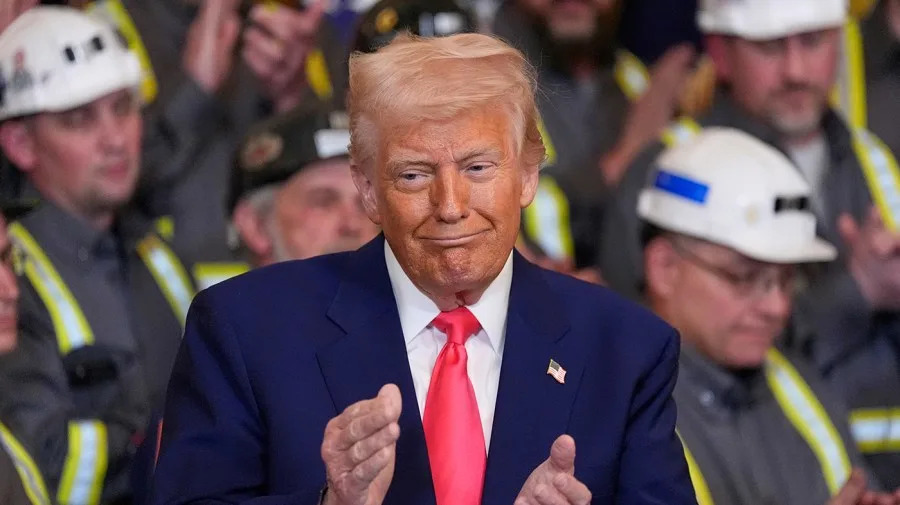
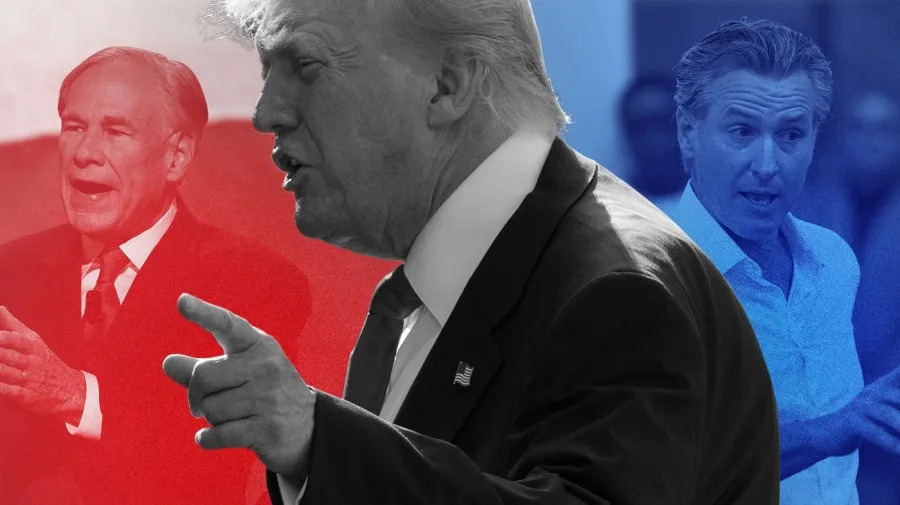

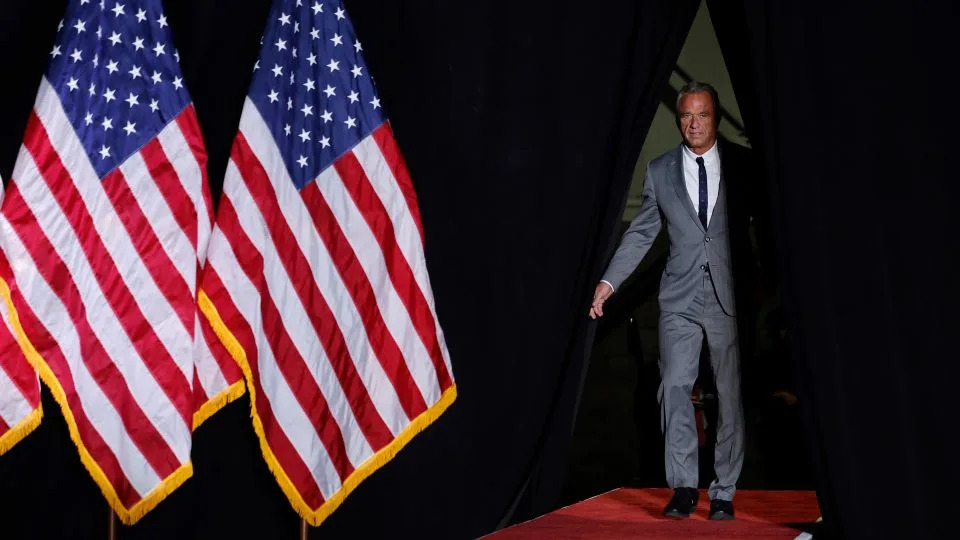

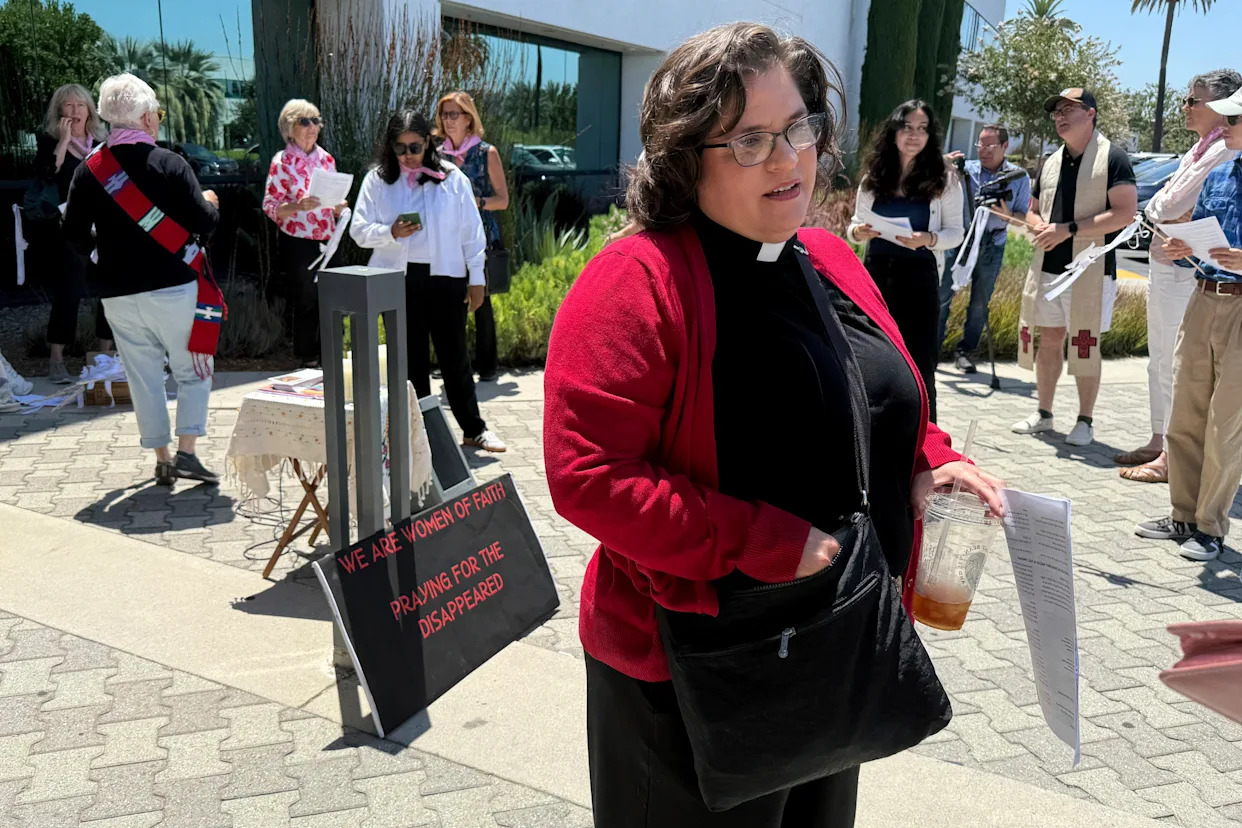
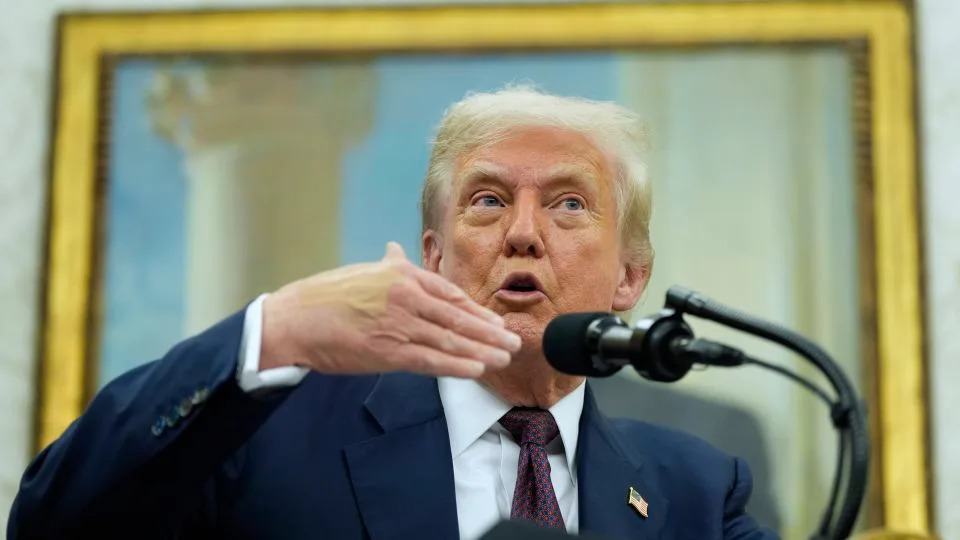
Comments